Paul Zahl weighs in with some seasonal thoughts about a TV show written by Rod Serling:
CHRISTMAS COFFEE WITH ROD SERLING
Anyone who likes Christmas has got to like Rod Serling. Serling was no Grinch! In fact he liked Christmas so much that he wrote two Twilight Zone episodes about Christmas, and one Night Gallery episode.
The gem of gems, however, if you like Christmas and also like Rod Serling, has got to be his 1964 teleplay Carol for Another Christmas. I’m a person who has been living for seeing this one ever since word came out that TCM was going to air it this Christmas. Twice, in fact!
Can I talk a little about the visuals of this counter-cultural television show — counter-cultural in l964 and still counter-cultural today? It was shot in New York City and directed by Joseph L. Mankiewicz, who also produced it. It tells the Christmas Eve story of the redemption of a rich and powerful WASP refugee from James Gould Cozzens country,
a man with a big grudge against life. His name is “Daniel Grudge” and he is played by Sterling Hayden.
The vehicle, you might say, for the redemption of Daniel Grudge is a round-the-world tour, for embittered Mr. Grudge, of the past, the present, and the future of war. He is required to take passage on a World War I troop ship transporting the coffins of war dead. He is required to visit the victims of Hiroshima, all young girls, who have lost their faces. (In a typical Serling subversive touch, the voice of conscience is a Southern American blonde WAVE, played by Eva Marie Saint, who tries to get through to the hard Yankee “Grudge”.)
The hero is then required to spend time in a Communist gulag for prisoners of all ages and races, where they are singing Christmas songs in Russian, tho’ Serling is quick to show prisoners who “do not celebrate Christmas”.
Finally, “Mr. Grudge”, as Serling characteristically calls him way too many times, has to sit through a rally with the “Imperial Me”, played by Peter Sellers, in a bombed out meeting-house in his own hometown, where the few survivors of a nuclear war gather to become even more savage than before. This is Daniel Grudge’s Christmas Future.
The expressionist visual style of the show is powerful, especially in the gulag scenes, the “Imperial Me” scenes, and at the quiet and soft finish to Carol for Another Christmas. At the end, Mr. Grudge is just sitting there, having coffee with his African-American servants — they won’t be servants much longer — and listening to Christmas Carols on the radio. I think the very leisurely close of the piece is an interesting artistic decision. After all the talk — and there is plenty of Rod Serling talk, especially in the first third — the last scenes of the play are quiet.
We do find out that “Nephew Fred”, played by Ben Gazzara, is on his way to church, and we also hear church bells outside across the snow. But otherwise it’s just Sterling Hayden, drinking and actually savoring a long cup of coffee, with the radio on in the background, playing carols.. Anti-climactic? No Tiny Tim? Well, maybe. But it’s still moving.
A final note:
As my wife Mary and I watched Carol for Another Christmas, we both thought this: Rod Serling seemed to see Christmas as a uniting and reconciling celebration rather than as a divisive power. The script constantly speaks of “peace on earth, good will to men” — the “Brotherhood of Man”. Fascinating — Christmas as a word of unity to the family of man, no matter what your creed or specific beliefs. Apparently it was not a problem for the writer and the producer/director of Carol for Another Christmas. Both artists were ethnically Jewish.

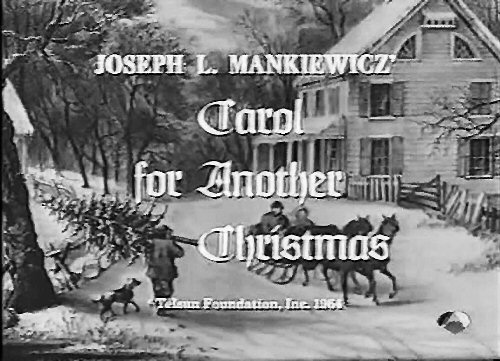
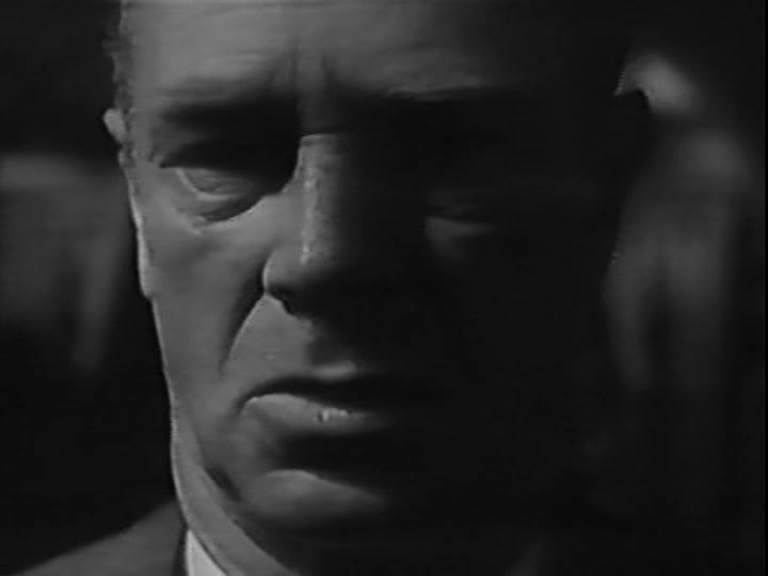
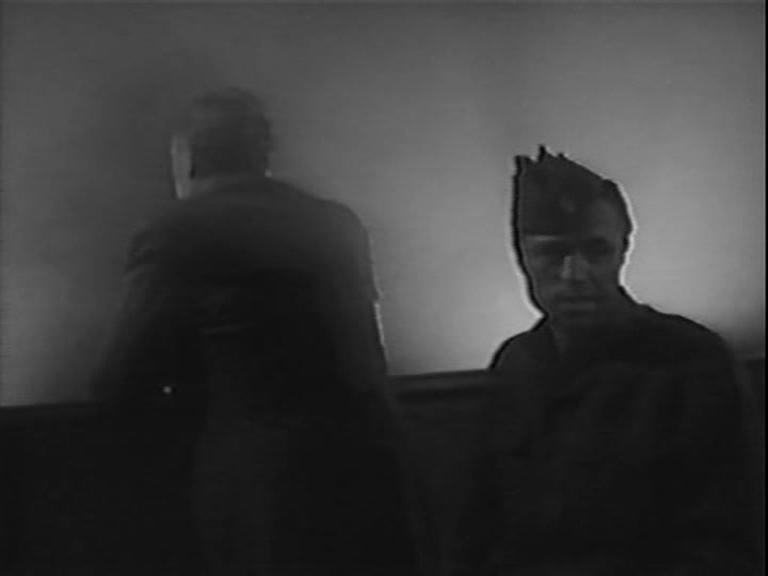
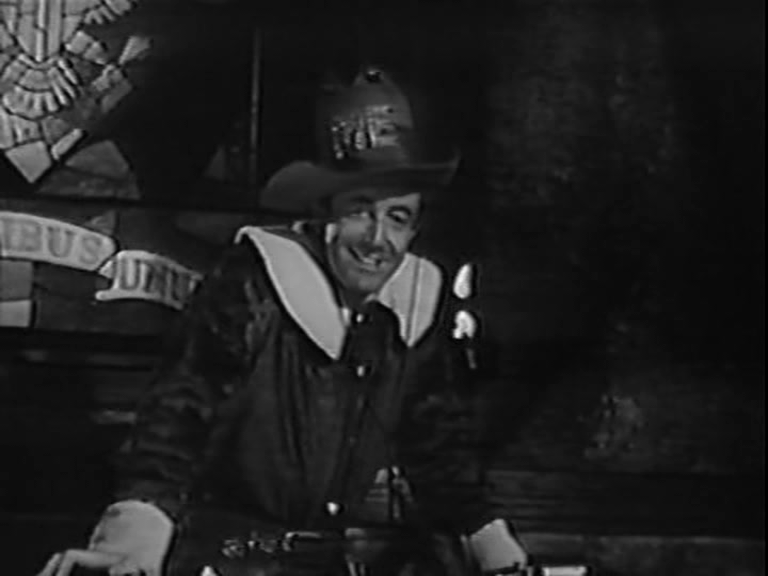
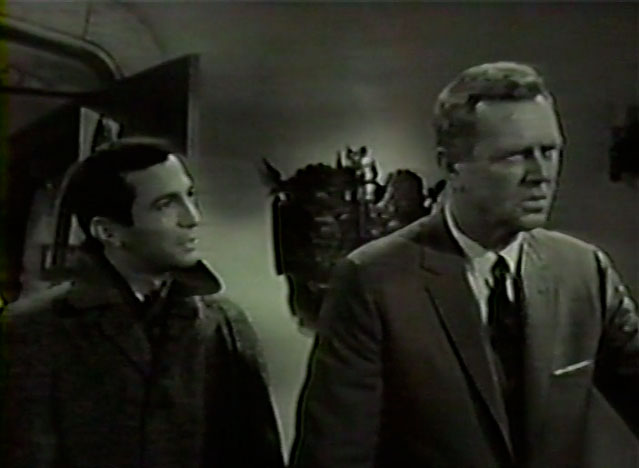
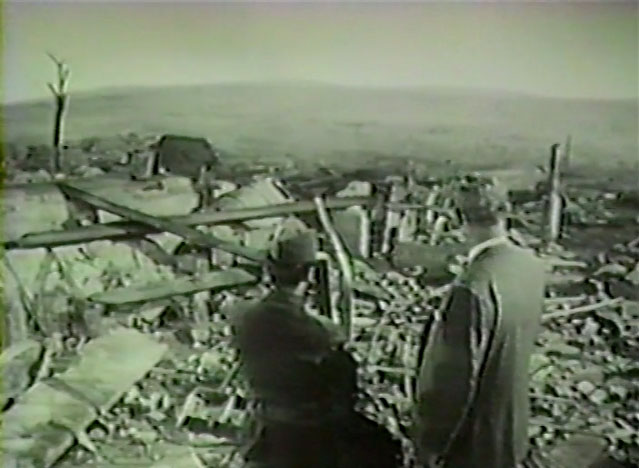
What a superstar cast and crew. Why didn’t it make it into the regular round of syndicated reruns? Artists’ contracts? By the way what’s with the apostrophes in the cover graphic?
No idea on any count!
This film was telecast five days after I was born and the day I was discharged from the hospital, so I’ve always been curious about this. I managed to see it last night and it is the most Powerful thing I’ve ever seen from Rod Seling. Its a miracle that the Hiroshima scene got past the censors, given that this was only 19 years later, criticizes American policy, and was still strong in American memory. I did not initially make the conncection between the starving observers at Pat Hingle’s feast being of a Communist gulag (at first I thought it may be of a Concentration Camp), but you may be right now that you mention it. The Peter Sellers scene is alternately amusing and harrowing. The ending of which (I won’t spoil it) would not be allowed by today’s censors given certain events in American history over the past 20 years and would truly disturb the modern viewer. Rod Serling isoften difficult to watch because of his unflattering insights into human nature, but this is a film too important not to be on DVD or to be silenced by controversy.
Damon, thanks for these comments. I will pass them along to Paul Zahl, the author of the piece.